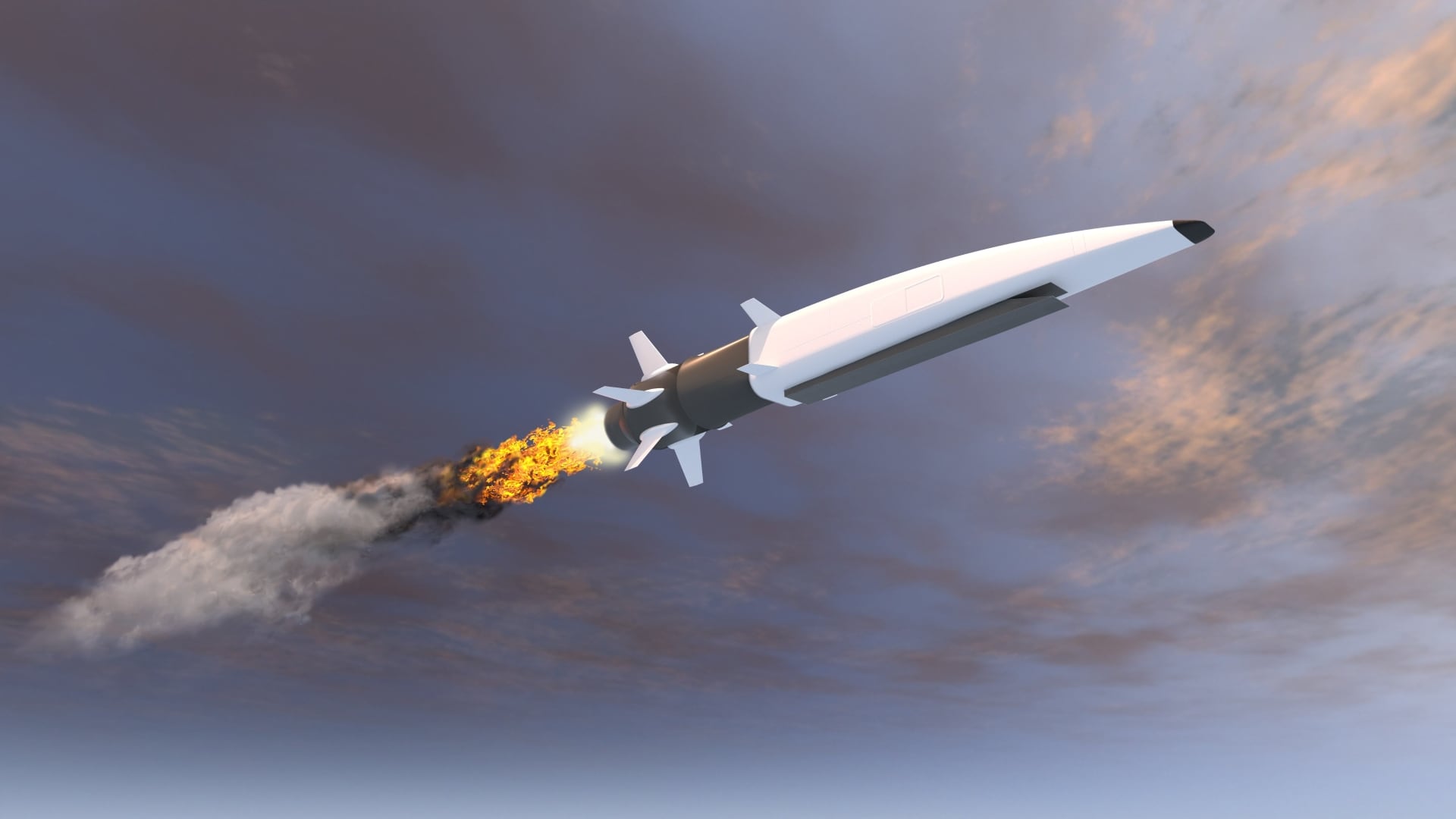When asked about the future of self-driving vehicles, Toyota Motors president Akio Toyoda said, “Total autonomy will only be 100% accident-free by testing a minimum of 14.2 billion kilometers (8.8 billion miles), which in practical terms, would take decades of real-world driving.”
The speed of innovation can’t afford to wait decades, so autonomous vehicle developers use simulations to test and improve their systems. AI-based simulations shorten this testing period by running thousands of different scenarios simultaneously. These simulations also improve test safety and highlight issues before they cause problems on a real street.
Military organizations follow the same process to test autonomous tanks or Unmanned Ground Vehicles. Simulated training is paramount in the military, as UGVs face many more complex threats than typical consumer vehicles, and the cost of mistakes is often much higher.
Developers use computer simulations to test scenarios — including environmental and ethical challenges — impossible to replicate in real life.
Environmental challenges
Consumer self-driving cars have the advantage of anticipating, for the most part, standard traffic rules and conditions. Military UGVs, on the other hand, do not have the same rules. Engineers must account for off-road path-planning through countless terrain challenges and obstacles. Furthermore, UGVs need to anticipate and be programmed to face opposition, like enemy fire, and electronic warfare threats, such as GPS-jamming that could threaten pre-set protocols.
From a developer’s perspective, the first step to effective testing requires understanding the enemy. Computer games allow UGVs to practice on virtual battlefields against an AI-powered near-peer enemy from anywhere on earth. Users can experiment with the logistics and range for different terrain environments and diverse enemy forces. Figure 1 shows the UGV command and control interface from VBS4, BISim’s virtual battlespace (VBS) software. The dashboard allows users to compare and contrast the success of varying design iterations while quickly demonstrating how adjustments affect factors like speed, countermeasures, and vehicle defense.
Developers adjust logistics such as optimal armor, armament, and operation protocols to determine how each customization affects outcomes against simulated enemies. Making these adjustments in real-world tests would be costly and painstakingly tedious. But in combat scenario-planning, decisiveness is an essential component of success.
Ethical challenges
Ethical issues connected to autonomous entities engaging in warfare require the same level of consideration as physical factors. The first programmatic decision for any autonomous vehicle starts with the point of command. After all, we may use the term “autonomous,” but no genuinely autonomous vehicle exists since a human still commands the vehicle’s actions.
The reality of human control raises many ethical questions regarding warfare scenarios: If a UGV decides to engage in combat and kills on its own, who should be held responsible: the officer who initiated the attack, or the engineer who programmed the protocol? One such incident involving an autonomous drone raised these exact questions last year. Who owns responsibility for a vehicle if its commanding officer becomes incapacitated? What if it goes rouge or the enemy hijacks it?
Simulated environments allow military organizations to experiment and find answers to these questions without first risking AI-based vehicles — and the personnel operating them — in real-world settings. Rules of engagement, battlefield prioritization and collaboration between human-machine teams require thoughtful examination. If civilian self-driving cars take 8 billion miles of testing, UGVs, with all their complexities, necessitate exponentially more experimentation and testing. Advancements in computer games and simulations will continue to deliver an effective, safe option for further development and refinement.
Claudio Taraschi is a business developer at BISim who oversees country plans and strategies to sustain direct and indirect sales, pipeline evaluation, cash flow awareness, and marketing activities for the company in Italy, CEEC and Greece. BISim, which specializes in high-fidelity training simulations for the military, was acquired by BAE Systems this year.
Have an opinion?
This article is an Op-Ed and the opinions expressed are those of the author. If you would like to respond, or have an editorial of your own you would like to submit, please email C4ISRNET Senior Managing Editor Cary O’Reilly.








